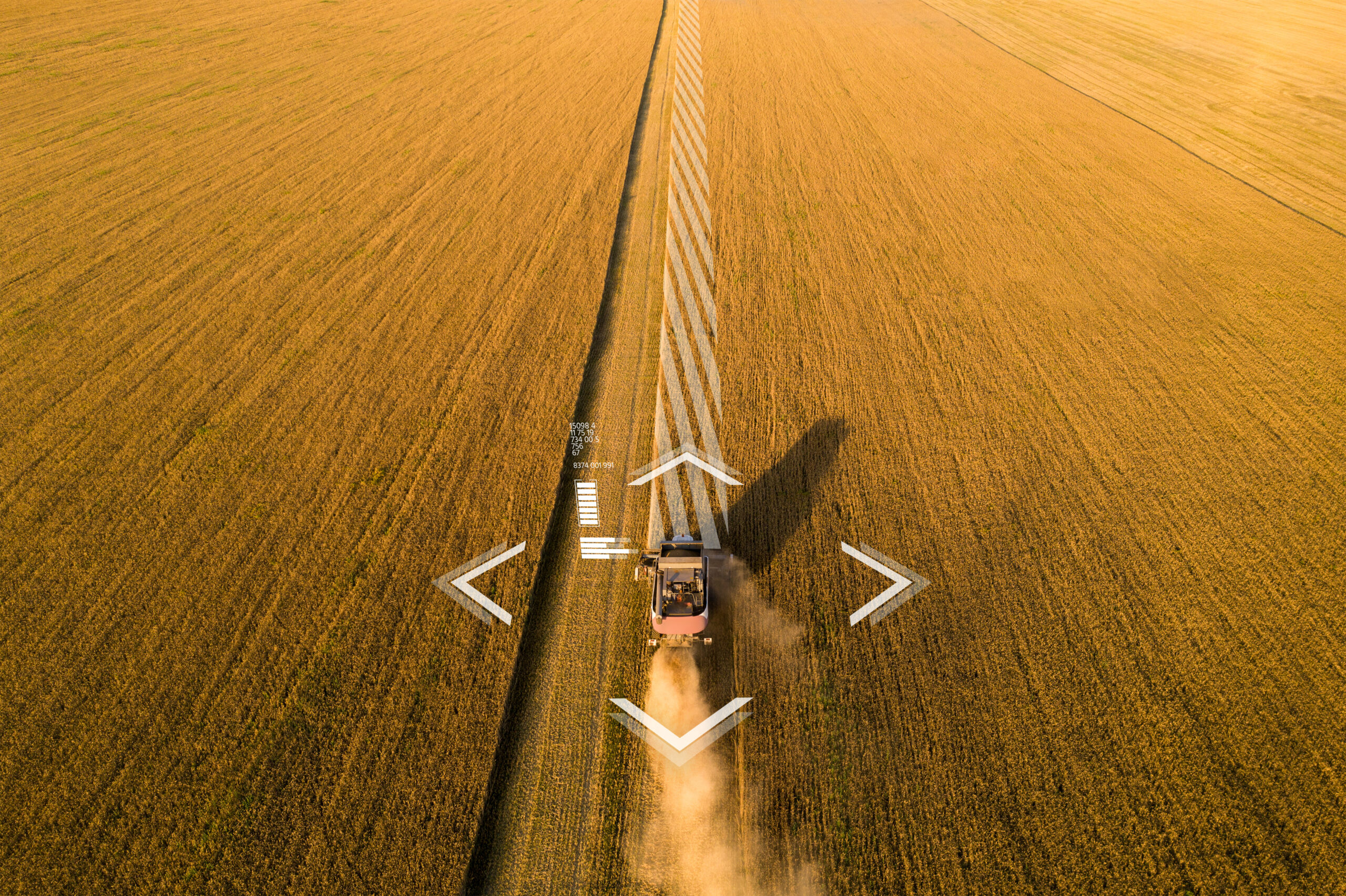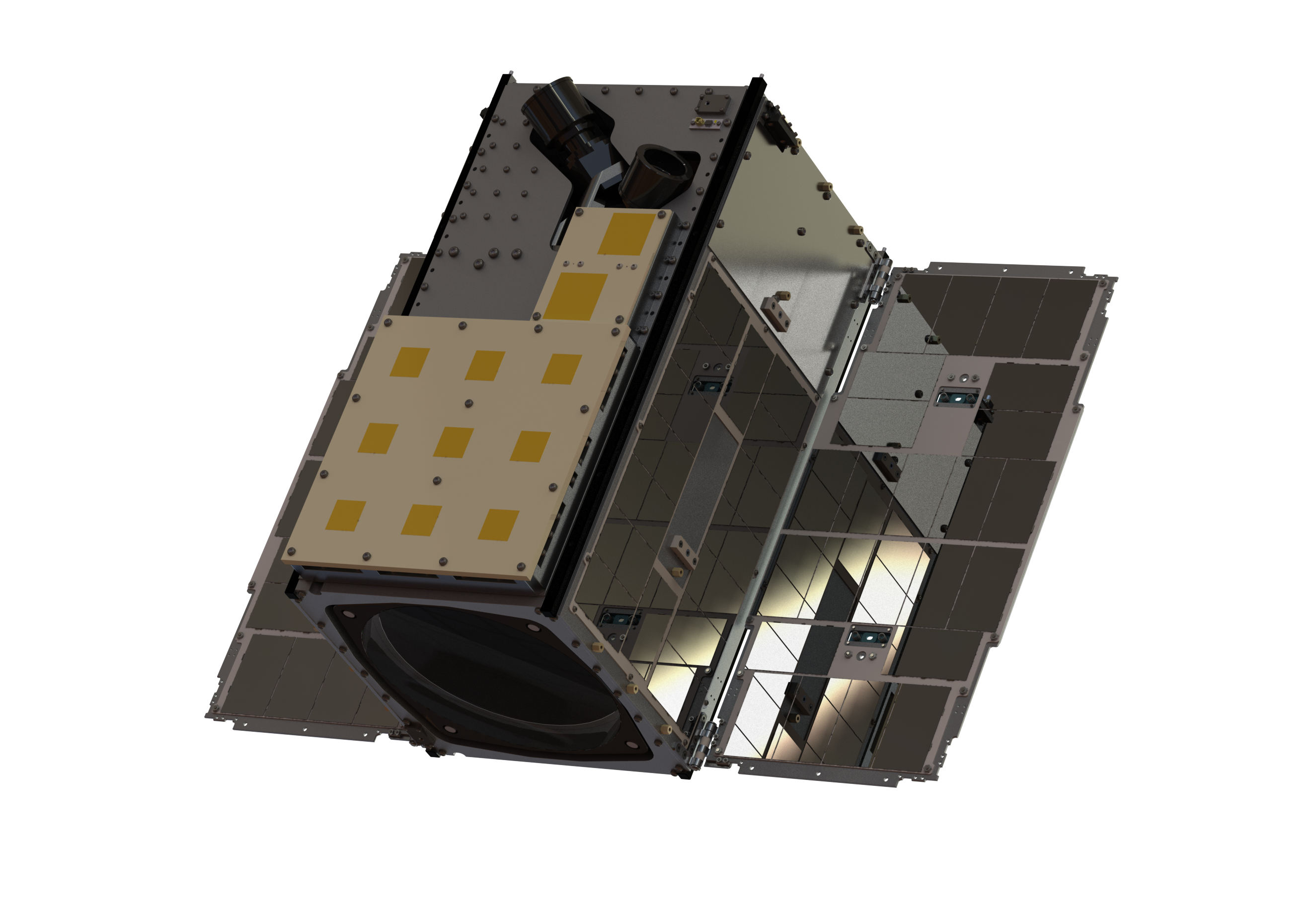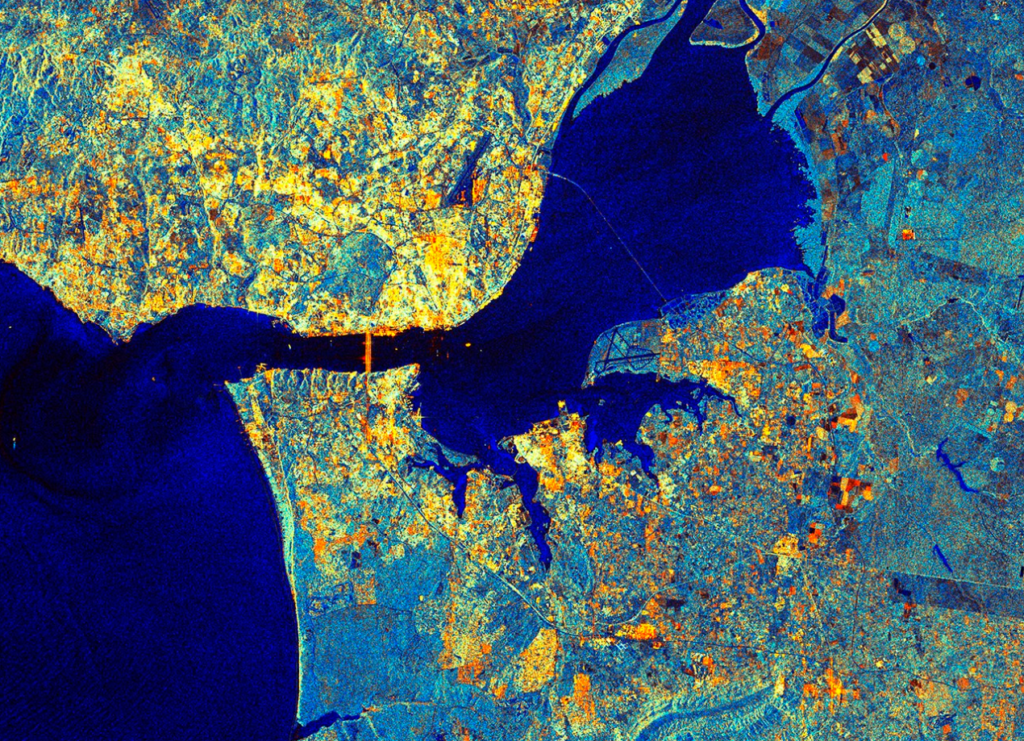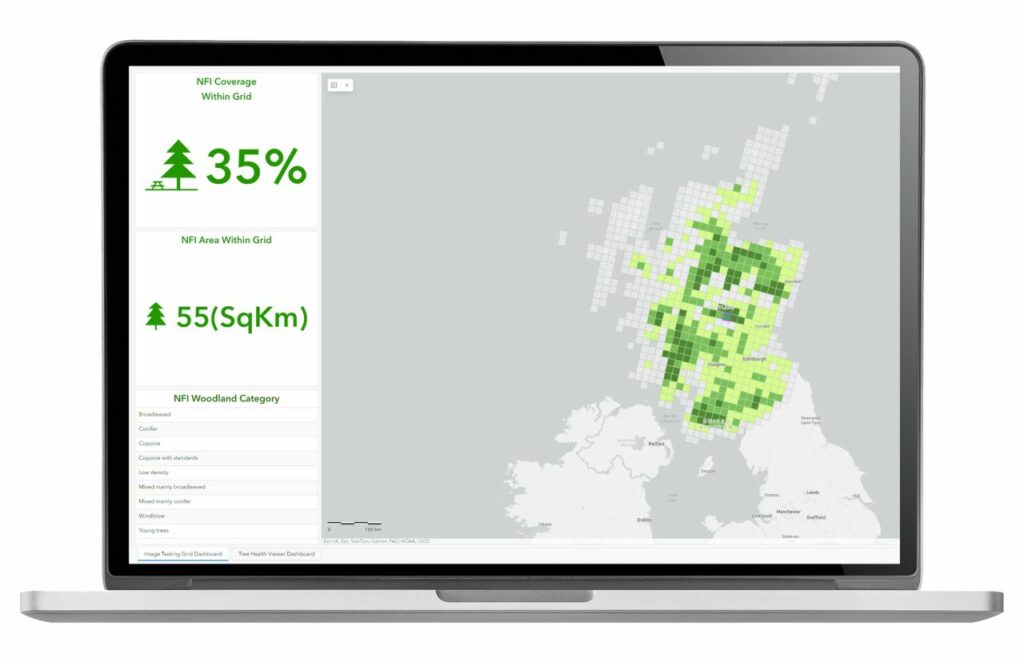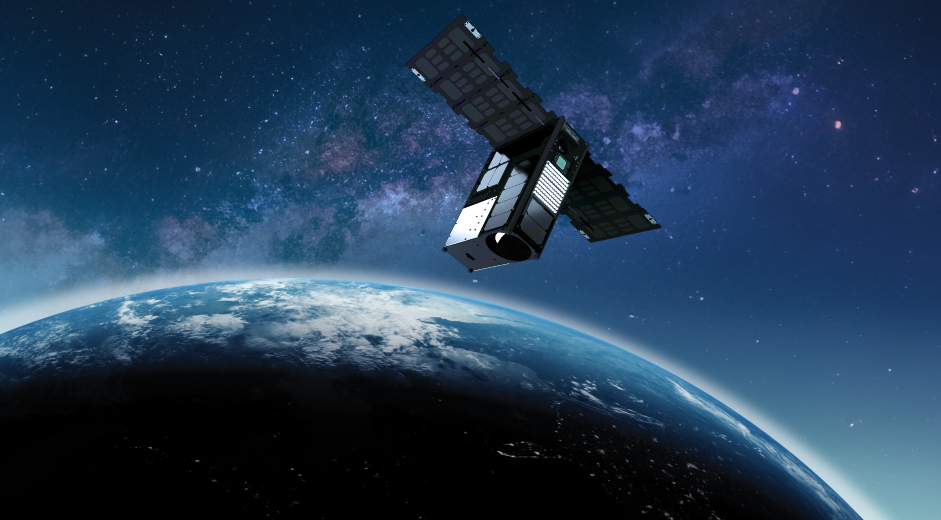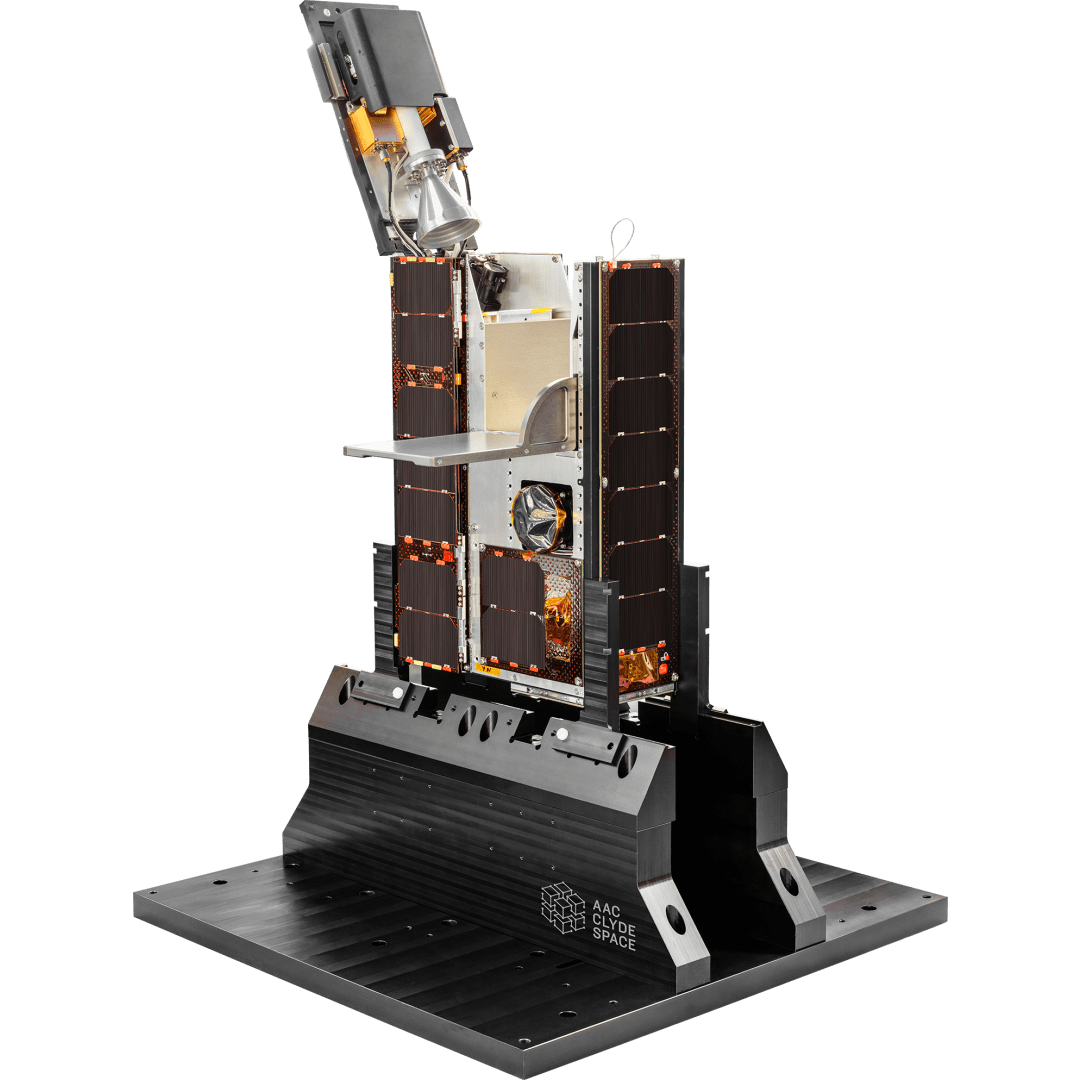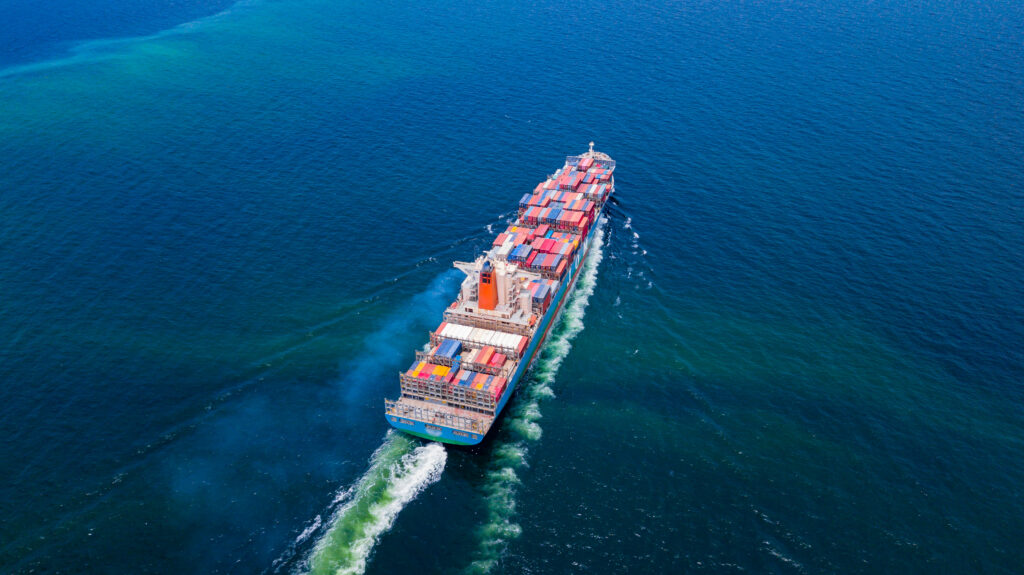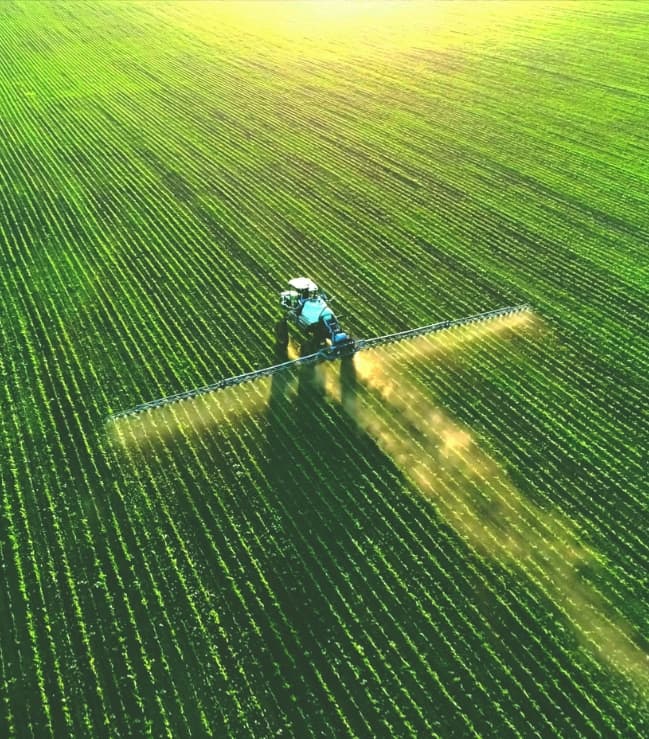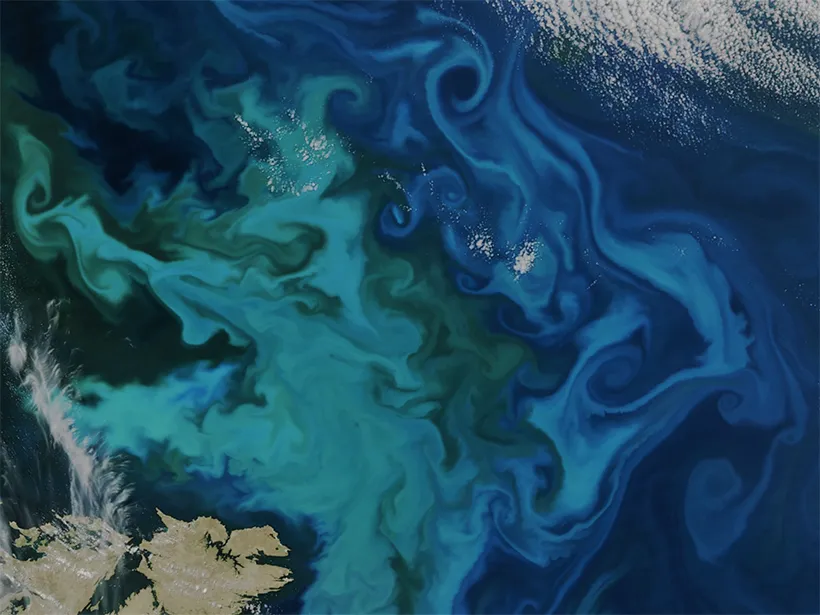
SPACE DATA AS A SERVICE
Unlock the Power of Space Data with Solutions Designed for Earth Challenges
Revolutionize your data insights. Use space-powered data from our satellite constellations to monitor and track vessels, detect variations in crop and forest health, and analyse changes in our environment.
What We Deliver
Comprehensive Coverage
High-Resolution Imagery for Agriculture and Forestry Applications
EO Data Processing Made Easy with Keystone
Real-Time Insights for Maritime Applications
Space Data Apps
Data You Can Trust
Why Choose AAC Clyde Space
In a world where data drives decision-making, our cutting-edge satellite constellations deliver unparalleled space data tailored for your Maritime and Earth Observation needs. Whether you’re navigating the vast oceans or monitoring the earth’s dynamic changes, our advanced technology provides you with the precise information you need to thrive.
With AAC Clyde Space, you can focus on driving your innovative solutions forward while we take care of the intricacies of space data services. Together, we’ll elevate your capabilities and open new horizons for success.
Choosing AAC Clyde Space means partnering with a leader in space data services. Here’s why our solutions are the best fit for your needs:
Quick, Cost-Effective Access
With our data package service, you gain immediate access to space-based data that is both faster and more affordable than developing in-house solutions.
Reduced Risk
By outsourcing your space data needs to us, you minimize the investment in technology and infrastructure. This approach significantly lowers overall risk, allowing you to focus on what matters most.
Expertise You Can Trust
Our extensive experience and mission heritage bring invaluable specialized knowledge to every project. You benefit from access to skilled resources and extra technical support, ensuring your needs are addressed effectively.
Streamlined Operations
Let us handle the complexities of spacecraft operations and geospatial data analytics. Our operations are all in-house, from manufacturing to on orbit operations and data delivery. We’ve got you covered!
Best Practices
We bring industry best practices to the table, optimizing your workflows and ensuring the highest standards in data delivery and support.
Our Commitment to a Greener Planet
Space Data for Sustainable Solutions
At AAC Clyde Space, we believe that space data can drive positive change for both the planet and businesses. Our focus on climate and environmental applications empowers organizations to make informed decisions that benefit the Earth while enhancing operational efficiency.
Greener Shipping
Renewable Energy
Forestry Management
Sustainable Farming
Ocean Monitoring
Sign up to our newsletters for the latest news, projects and more delivered straight to your inbox
"*" indicates required fields



